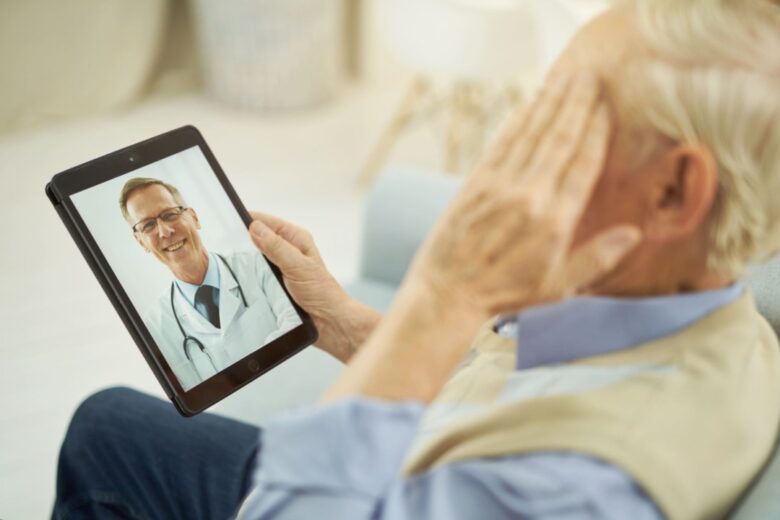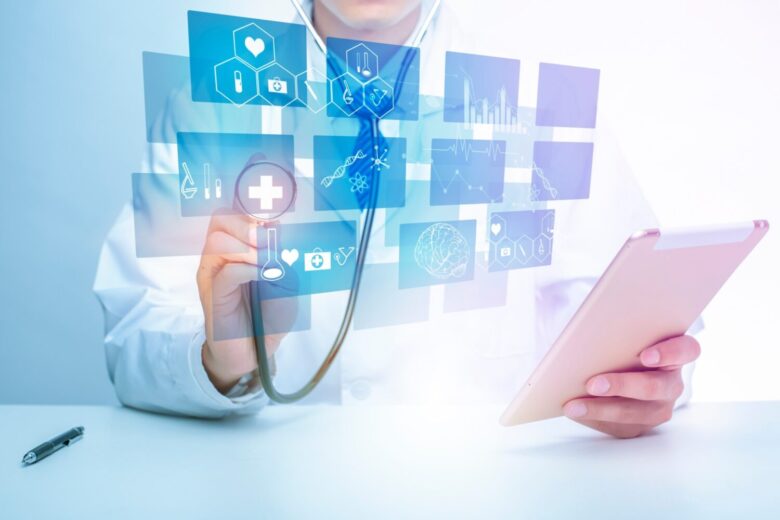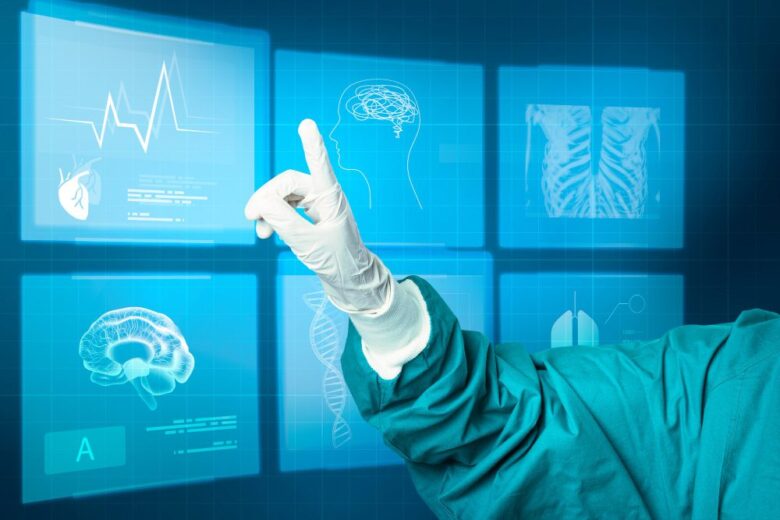The digital revolution in healthcare is in full swing, promising unprecedented convenience for patients and a world of resources for professionals.
As the sector undergoes a massive shift, understanding and embracing these resources is crucial. To help navigate this expansive landscape, we’ve segmented these advancements into two major categories: tools primarily for patient use and those tailored for healthcare professionals.
Patient-Oriented Digital Innovations

Source: linkedin.com
Turning our attention first to the innovations directly impacting patients’ daily lives, we delve into the realm of smart home technology. One surprising frontier of health data collection is the modern bathroom.
High-Tech Bathroom Gadgets for Data-Driven Wellness
Today’s bathroom is a sanctuary of health insights. From smart scales offering detailed body metrics to intelligent toilets analyzing daily waste, these devices are moving beyond novelty to become essential health monitors.
These devices, with their ability to share insights directly with healthcare professionals, foster a proactive health management approach.
Wearables: Beyond Fitness, Into Health
While initially focused on tracking steps or sleep, wearables are now sophisticated health companions. They monitor everything from heart rhythms to blood oxygen levels. Crucially, some come equipped with an SOS feature, providing an immediate lifeline in emergencies by notifying contacts or medical services.
Telehealth Platforms
A significant boon, especially during global health crises, telehealth platforms allow patients to consult with physicians without visiting clinics. These platforms offer video consultations, prescription renewals, and even mental health services, ensuring continuous care.
Digital Resources Tailored for Healthcare Professionals

Source: digitalsalutem.com
As we pivot from patient-centric tools to resources that empower those behind the stethoscope, it becomes evident that the digital age is equally committed to advancing healthcare professionals’ knowledge and capabilities.
Foremost among these invaluable tools are the HCP portals.
HCP Portals
In today’s digital age, Healthcare Professional (HCP) portals stand out as a beacon for medical practitioners. These online platforms serve as repositories of cutting-edge information, aiding in accurate diagnoses, patient management, and therapy choices.
Key benefits include:
- Up-to-date Information:
With the pace at which medical research progresses, staying updated can be challenging. HCP portals offer real-time updates on the latest studies, clinical trial results, and advancements.
- Interactive Features:
Many portals incorporate interactive modules, such as patient case studies and quizzes, enabling professionals to apply their knowledge in simulated scenarios.
- Networking:
HCP portals often foster a community of professionals. Platforms like Phamax Digital allow for discussions, facilitating peer-to-peer learning. Phamax Digital shines a spotlight on the myriad uses of such platforms, underscoring the enhancement of patient care through knowledge sharing.
Video Platforms for Continuous Learning

Source: nam.edu
The demand for ongoing education in the healthcare sector has given rise to specialized video platforms. These are not your regular video-sharing sites but tailored platforms emphasizing medical knowledge. Key highlights include:
- Diverse Content:
From bite-sized tutorials to in-depth lectures, these platforms offer a range of content to suit various learning needs.
- Expert-led Sessions:
Renowned professionals in the field frequently conduct webinars, ensuring the information’s credibility and relevance.
- Flexibility:
With 24/7 access, professionals can learn at their pace, making it easier to fit into hectic schedules.
Augmented Reality (AR) for Hands-on Training
AR is revolutionizing the way medical training is conducted. By blending the virtual with the real, AR tools offer a holistic training experience.
Key advantages are:
- Realistic Simulations:
AR tools can mimic real-life surgeries or medical procedures, providing learners a risk-free environment to hone their skills.
- Visual Learning:
For concepts hard to grasp through text, AR provides visual representations, making it easier to understand complex body systems or procedures.
- Feedback Mechanisms:
Advanced AR tools come with real-time feedback, guiding learners on their performance and areas of improvement.
AI-Powered Predictive Analytics

Source: datasciencecentral.com
Between the tools tailored for patients and the resources available to professionals, a powerful thread runs through, connecting and enhancing both spheres: Artificial Intelligence (AI).
AI’s integration into healthcare isn’t just about robots performing surgeries; it’s about harnessing vast amounts of data to predict, prevent, and personalize medical care.
Predicting Disease Outcomes
Sophisticated algorithms sift through petabytes of patient data to identify early signs of chronic diseases.
For instance, by analyzing medical imaging, patterns undetectable to the human eye might indicate the initial stages of diseases such as cancer or neurodegenerative conditions.
Personalized Treatment Plans
No two patients are alike. With AI, treatments can be tailored to the unique genetic makeup of each individual, considering their lifestyle, medical history, and even their environment.
This bespoke approach to medicine ensures that treatments are not just effective but optimized for each patient’s circumstances.
Automation and Operational Efficiency
On the operational side, AI simplifies administrative tasks, streamlining patient admissions, insurance claims, and even predicting patient inflow based on historical data.
This ensures that healthcare institutions can manage their resources effectively, providing timely care to all patients.
Incorporating AI in Professional Training
For healthcare professionals, AI-driven tools are increasingly being integrated into their training modules.
These tools provide scenario-based learning where the AI adjusts the complexity of a medical case based on the learner’s expertise level, ensuring a gradient yet challenging learning curve.
Takeaway
The convergence of technology and healthcare is yielding tools that cater to both ends of the spectrum: from patients seeking convenient health insights to professionals aiming for the pinnacle of their practice.
As these tools become increasingly integral, understanding and integrating them is no longer optional but essential for both improved patient outcomes and professional development.




